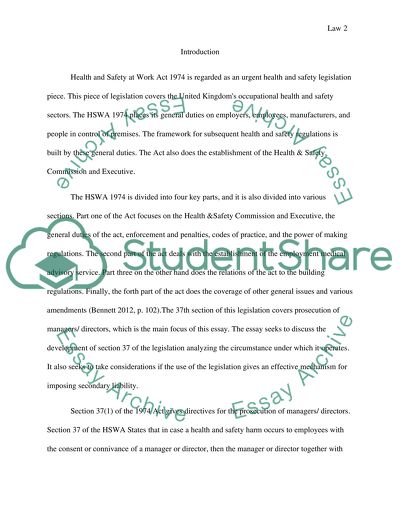Cite this document
(“Section 37 of the Health and Safety at Work Act 1974 Essay”, n.d.)
Section 37 of the Health and Safety at Work Act 1974 Essay. Retrieved from https://studentshare.org/law/1461493-section
Section 37 of the Health and Safety at Work Act 1974 Essay. Retrieved from https://studentshare.org/law/1461493-section
(Section 37 of the Health and Safety at Work Act 1974 Essay)
Section 37 of the Health and Safety at Work Act 1974 Essay. https://studentshare.org/law/1461493-section.
Section 37 of the Health and Safety at Work Act 1974 Essay. https://studentshare.org/law/1461493-section.
“Section 37 of the Health and Safety at Work Act 1974 Essay”, n.d. https://studentshare.org/law/1461493-section.


